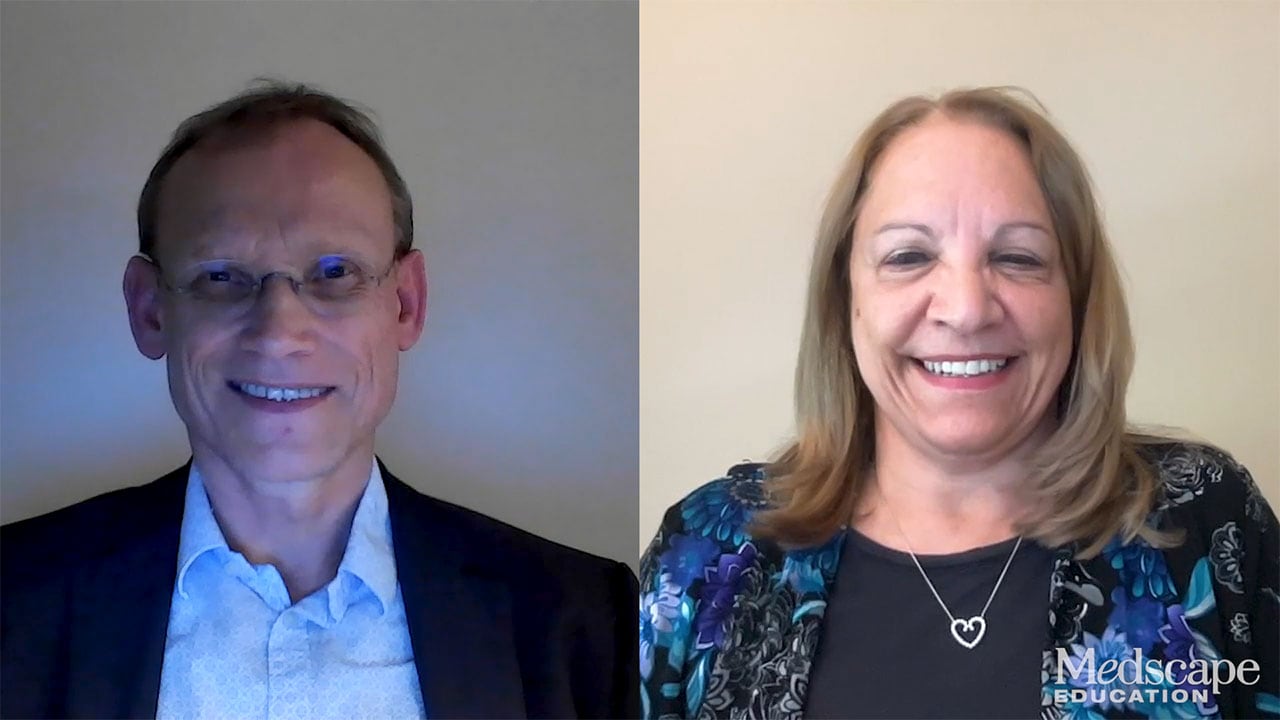Abstract and Introduction
Abstract
Purpose of review: To provide an update on the frequency of antipsychotic-induced tardive dyskinesia and its management in patients with schizophrenia spectrum disorders in studies published since the last systematic review in 2008.
Recent findings: Recent data about antipsychotic-induced tardive dyskinesia in patients with schizophrenia underscore the superiority of newer generation antipsychotics (21%) over first-generation antipsychotics (30%) with respect to prevalence and incidence rates. Regarding recently tested management strategies, the new vesicular monoamine transporter 2 inhibitors valbenazine and deutetrabenazine have been found to be effective and may be considered as first-line pharmacotherapy for tardive dyskinesia. Owing to quality issues of randomized controlled trials and/or small sample sizes, limited and conflicting evidence remains for most treatment strategies.
Summary: The reviewed literature reveals lower prevalence rates of antipsychotic-induced tardive dyskinesia in patients treated with newer generation compared with first-generation antipsychotics. The evidence of vesicular monoamine transporter 2 inhibitors as a first-line therapy for tardive dyskinesia is well supported by several controlled clinical trials.
Introduction
Tardive dyskinesia is a movement disorder characterized by involuntary, repetitive, purposeless movements, typically of the orofacial region, often accompanied by choreiform movements of the upper extremities. Most commonly, they present as grimacing, lip-smacking/puckering, tongue movements, and excessive blinking. Other tardive syndromes such as dystonia, akathisia, tics, tremor, or myoclonus, may occur alone or coexist with the dyskinetic movements.[1] Tardive dyskinesia can fluctuate during the course of a day, can be worsened by emotional stress, and usually disappears during sleep. Its onset is delayed, typically appearing after at least 3 months or longer of treatment with dopamine receptor blocking agents.[2] Next to antipsychotic medications, antiemetic drugs such as metoclopramide,[3] calcium channel blockers such as flunarizine,[4] antitussive agents such as promethazine, and antidepressants[5] are associated with this adverse motor effect.
At a first glance, tardive dyskinesia seemed to be eliminated with the introduction of newer generation antipsychotics (NGA). However, the risk of developing tardive dyskinesia with this class of antipsychotics remains. Moreover, the increasing off-label use of antipsychotic medications to treat conditions other than schizophrenia spectrum disorders such as for sleep disorders, posttraumatic stress disorder, anxiety, or personality disorder have placed additional patients at risk for developing tardive dyskinesia.
Estimated epidemiological rates of tardive dyskinesia under treatment with newer vs. first-generation antipsychotics (FGA) vary widely and even questioned the superiority of NGA over FGA.
Although some patients with tardive dyskinesia, particularly those manifesting the typical bucco-linguo-masticatory triad, may not be aware of their condition, more severe tardive dyskinesia syndromes produce a significant impairment in everyday functioning.[6,7] Moreover, they are associated with reduced quality of life and poor adherence to antipsychotic treatment.[8,9] Despite many specific agents having been developed and tested for the management of tardive dyskinesia, no intervention has been shown to be clearly effective. Vesicular monoamine transporter 2 (VMAT2) inhibitors are a class of drugs that have long been in use to treat hyperkinetic movement disorders. Recently, they have gained more attention for the treatment of antipsychotic induced tardive dyskinesia in the United States. However, tardive dyskinesia is still difficult to treat, frequently irreversible, and has a low tendency of remission.[1]
Curr Opin Psychiatry. 2019;32(3):179-184. © 2019 Lippincott Williams & Wilkins











